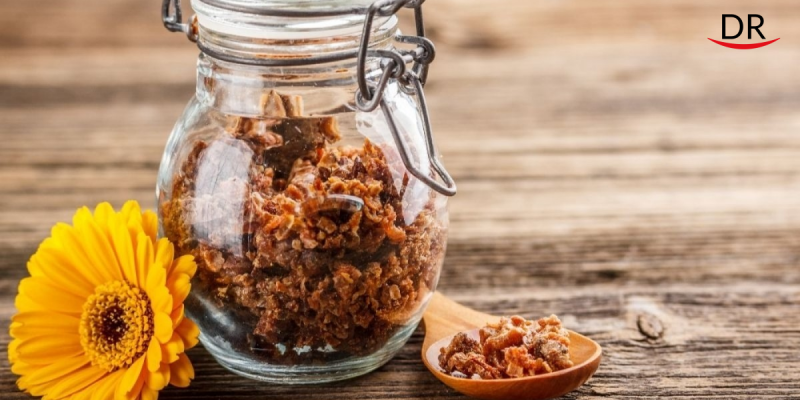The success of any root canal treatment depends upon the elimination of micro-organisms from the root canal system. However, due to complexities of root canals in primary teeth, it is difficult to achieve proper cleaning through mechanical instrumentation and irrigation.
Here comes the role of obturating materials. Any obturating material should have good anti-bacterial properties for good prognosis of a treated tooth.
Various materials are available for obturation in primary teeth which includes Zinc Oxide Eugenol (ZOE), calcium hydroxide and iodoform-based pastes. ZOE is a widely used obturating material. The drawbacks being the leaching of eugenol which causes peri-apical irritation. Also, ZOE has limited anti-bacterial properties.
In order to overcome this, continuous research is being done for getting a better obturating material with broader and more effective antibacterial action.
Propolis is a natural beehive product with potent antimicrobial , anti-fungal, anti-inflammatory and wound healing properties. The main chemical constituents present in propolis are
- Flavonoids
- Phenolics
- Other aromatic compounds
Considering these favourable properties of propolis, a clinical trial was carried out using a mixture of propolis and zinc oxide eugenol as an obturating material for primary molars. The study compared the clinical effectiveness of ZOE alone with ZOE+propolis mixture.
In this study, 40 primary molars from children aged 4–8 years requiring pulpectomy treatment were randomly allocated into two groups according to the obturation material used: zinc oxide–propolis mixture and ZOE (control group).
All the pulpectomy-treated teeth were finally restored with stainless-steel crowns and the children were recalled at 6, 12 and 24 months for postoperative clinical and radiographic evaluation.
The overall success rate of the pulpectomies with the zinc oxide–propolis mixture and with ZOE was found to be 95% and 70%, respectively. The zinc oxide–propolis mixture showed a success rate of 100% at the 6-month follow-up and 95% at the 12 and 24-month follow-ups.
ZOE showed an 80% success rate at 6 and 12 months, and it declined to 70% at the 24-month follow-up.
Properties of Propolis
Previous studies have reported the antifungal activity of propolis against candida albicans. Flavonoids and phenolic acids in propolis damage the integrity of the yeast cell wall.
Propolis also has anti-inflammatory effect which suppresses the synthesis of prostaglandin, leukotriene, histamine and transforming growth factor beta. This anti-inflammatory property of propolis could further enhance the healing of the priapical tissue and provides postoperative comfort.
Arginine, vitamin C, provitamin A, B complex, copper, iron, zinc and bioflavonoids in propolis also assist in faster wound healing.
Although the ZOE-propolis mixture showed failure in one case, which showed root resorption at 12 month follow-up, the overall success rate was greater when compared to ZOE alone. The results of this study seems quite promising but clinical studies with long-term follow-up and large sample size are warranted to reach sound conclusions.
It should be noted that propolis has been long used in dentistry for the following purpose
- Root canal irrigation
- Direct and indirect pulp capping
- Reduction of dentin hypersensitivity
- Storage media for avulsed teeth
Source
“In vivo evaluation of zinc oxide-propolis mixture as root canal filling material in the primary molars: A 24-month follow-up randomised controlled trial”- Journal of Indian Society of Pedodontics and Preventive Dentistry
if(window.strchfSettings === undefined) window.strchfSettings = {}; window.strchfSettings.stats = {url: “https://dentalreach.storychief.io/zoe-propolis-a-promising-combination?id=108473098&type=2”,title: “ZOE – Propolis: A Promising Combination”,id: “4f17ec76-9527-4318-92e5-eda892c90e23”}; (function(d, s, id) { var js, sjs = d.getElementsByTagName(s)[0]; if (d.getElementById(id)) {window.strchf.update(); return;} js = d.createElement(s); js.id = id; js.src = “https://d37oebn0w9ir6a.cloudfront.net/scripts/v0/strchf.js”; js.async = true; sjs.parentNode.insertBefore(js, sjs); }(document, ‘script’, ‘storychief-jssdk’))




















Comments